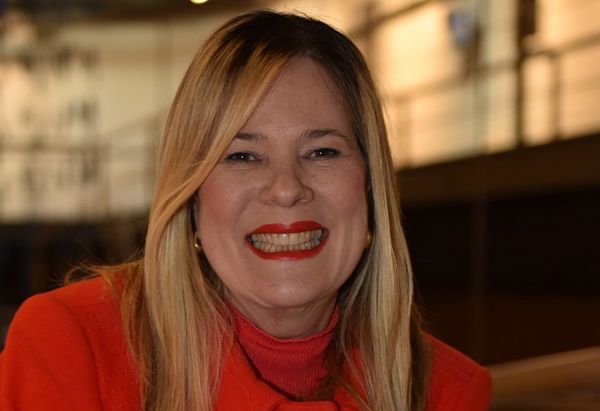There was a desire for change reflected in agility, integration, flexibility, simplification and, above all, talent.
Encapsulating the new does not always have the dynamism needed to face the discomforts of the route. When the digital phenomenon exploded, more than 20 years ago, those who bet on being ‘first’ saw faster dividends for making that choice.
If in the beginning there were blogs, websites and banners, for example, the signal of a radical change would come with the campaign ‘The hire’, created by the Fallon agency in Minneapolis for the German automaker BMW, a series of short films averaging 10 minutes each, one of them starring Madonna and directed by Guy Ritchie, an innovation for a time when downloading content from the web was still quite a challenge. The digital information highway became irreversible, just as artificial intelligence is today.
Traditional media remain relevant, but specialization goes far beyond the media shown on TV and the remuneration they bring to advertising agencies, including bonuses for volume of broadcasting (BVs), one of the main sources of revenue for agencies. We are in the third wave with retail media taking center stage and absorbing generous amounts of money from advertisers and bringing new channels that orchestrate strategies that directly impact consumers at the points of sale, something that has been uncovered by specialized suppliers.
Performance, programmatic, SEO, CRM, e-commerce, listening, applications, social networks, brand performance, etc. do indeed require the presence of companies focused on each of these ‘cores’, and brands seek to diversify their chain of agents to maintain strategic relevance through these disciplines that are a part of the digital era.
Diversification is really necessary. Majors are also being flexible to meet these new demands. Some, who prefer to remain anonymous, complain that they have the opportunity to showcase their services and also the option for customers to establish relationships with new players dedicated to a specific core. Losing revenue at a time of low profitability and customers demanding results fuels relationships in an off-the-record environment.
The relationship between advertisers and agencies was the subject of a detailed study by the WFA (World Federation of Advertisers), the Global Media Charter, conducted in partnership with Media Sense. The ABA (Brazilian Association of Advertisers), a member of the global entity, translated the document and named it the ‘ABA Guide to the Future Model for Agencies’. “A desire for change was noted, reflected in agility, integration, flexibility, simplification and, above all, talent,” summarizes the introduction to the document by executive Sandra Martinelli, CEO of the entity.
Read the full report in the print edition of September 9th.





